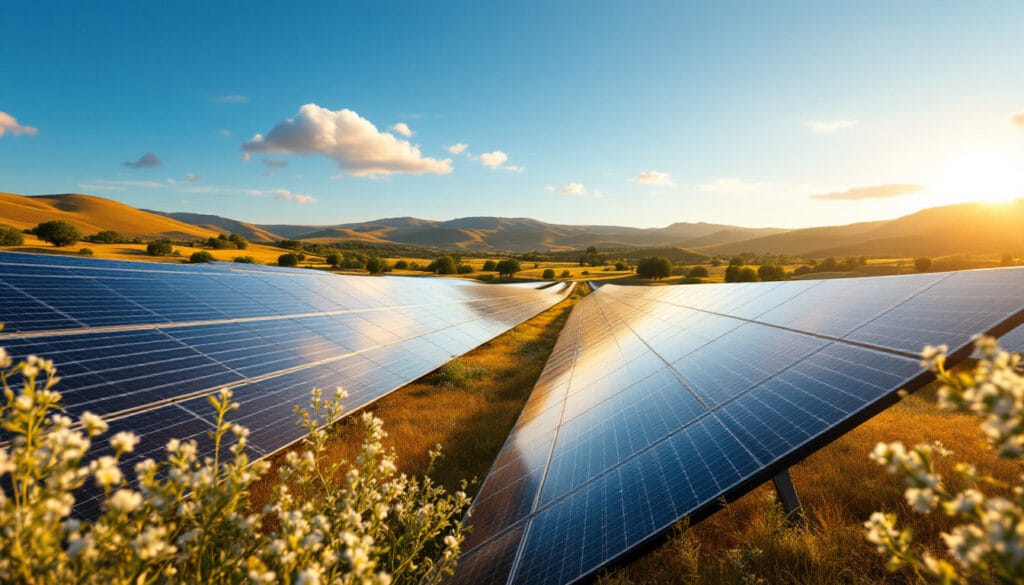The North Sea has become a battleground for the race to bury CO2. Major drilling players, such as Equinor in Norway and TotalEnergies, are embarking on bold carbon sequestration projects beneath the seabed. Using technologies from the oil industry, they innovate to overcome challenges related to corrosion and extreme temperatures. While saline aquifers provide fertile ground for these experiments, controlled diffusion into the ground becomes a priority to avoid overflow. Meanwhile, recycling old oil and gas wells, as seen in the Netherlands, offers a promising alternative in the face of the climate emergency.
As drilling companies ramp up their efforts for CO2 storage, several initiatives are emerging in the North Sea. The Norwegian giant Equinor, for instance, plans to develop the first storage wells around Smeaheia. Technical challenges abound, particularly due to new issues of corrosion and thermodynamics posed by CO2. TotalEnergies is also exploring innovative solutions with its onshore and offshore facilities, while mineralization projects in Iceland offer interesting prospects despite their high water consumption.
In parallel, repurposing old gas and oil fields for CO2 storage presents another opportunity for operators. The Aramis project in the Netherlands illustrates this strategy by utilizing former natural reservoirs. However, the challenge of ensuring the integrity and seal of the wells remains a significant constraint. Through these initiatives and a multiplication of exploitation zones, companies hope to optimize CO2 storage while managing the risks of uncontrolled gas diffusion into the soil.
Table des matières
ToggleTechnological Challenges of CO2 Storage Giants
Drilling companies are buzzing to adapt to the urgent need for CO2 sequestration in marine deposits. Various techniques are emerging, with saline aquifers and old gas fields becoming preferred sites for storage. However, technical complexity remains a major challenge. Industry giants are exploring solutions involving extreme temperatures and high pressures in the North Sea. In Norway, for example, the giant Equinor plans to open new wells to meet the growing storage demand, with a particular focus on corrosion and thermodynamics of CO2, aspects often overlooked in traditional oil and gas extraction.
Strategies of Oil Companies
Oil companies are heavily investing in the development of carbon sequestration to leverage existing technologies. By reusing old gas wells in a targeted area, they aim to reduce investment costs for each storage site. Drillers are adopting various strategies, such as the northern Smeaheia project, which multiplies exploitation sites to adapt to variable conditions for CO2 diffusion in the subsurface. This approach allows them to easily pivot to other sites if diffusion conditions become problematic in a given area. With already explored seabeds and infrastructure in place, transforming oil fields into CO2 reservoirs is an economically appealing prospect.
Limitations and Future Prospects
While mineralization through volcanic rocks, such as those explored by Climeworks in Iceland, presents promising potential, it raises significant challenges. This method, which rapidly transforms CO2 into minerals, limits future emission risks but requires enormous amounts of water. It thus remains in the experimental phase in specific regions. This urgent need for effective solutions fuels intense competition among the various projects. Start-ups and large companies are focused on the technological innovations necessary to overcome these complex obstacles. With the growing demand for emissions reduction, the North Sea is becoming a crucial playground for new CO2 storage applications.





